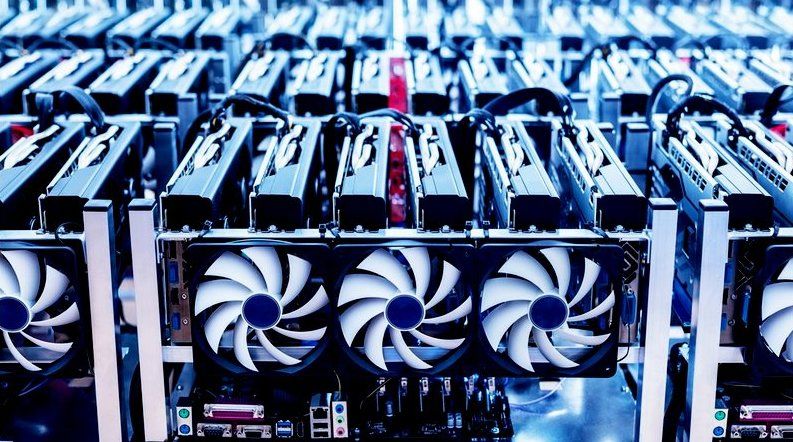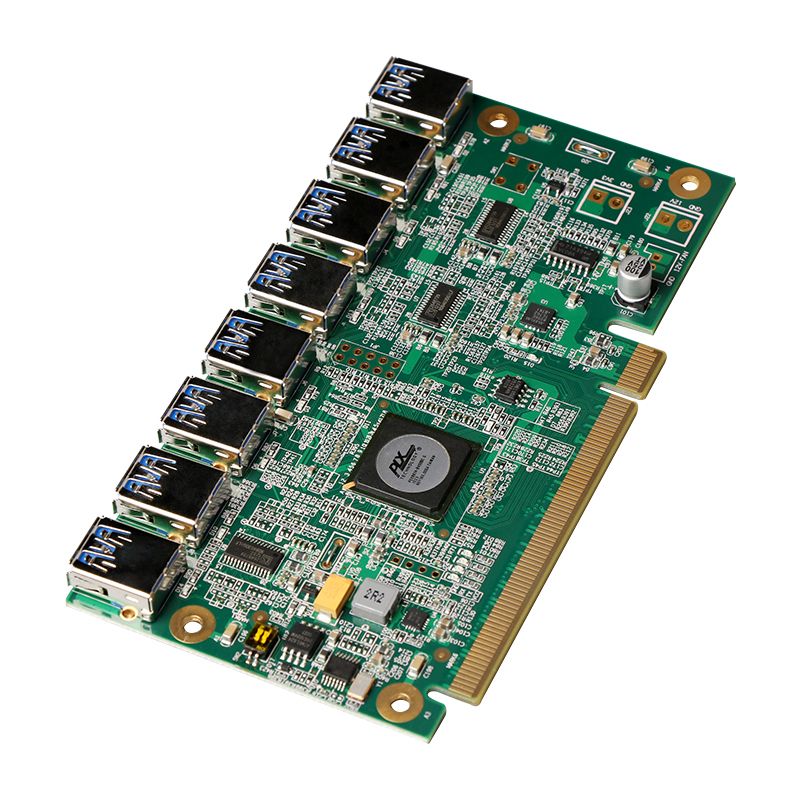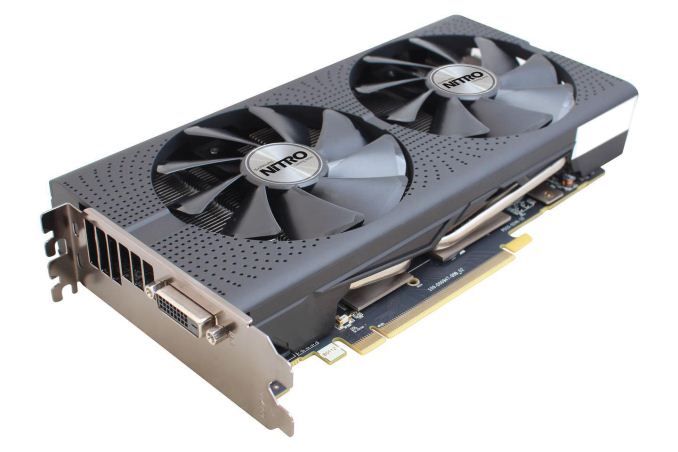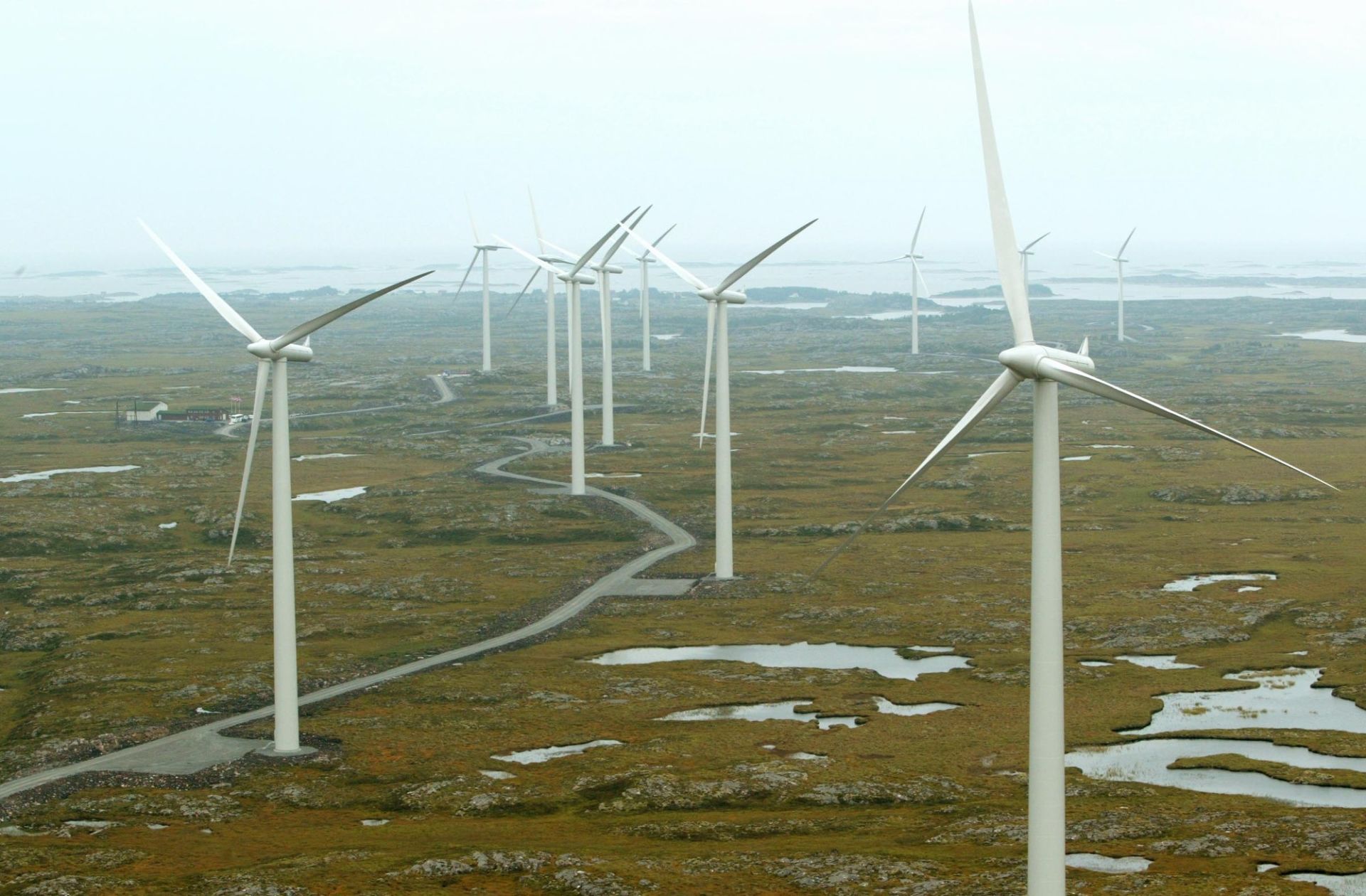How Much Power It Takes to Create a Bitcoin

BY DANNY BRADBURY REVIEWED BY KHADIJA KHARTIT
Updated April 22, 2020
Bitcoin may be a useful way to send and receive money, but cryptocurrency isn't created for free. The community of computer-based miners that create bitcoins uses vast quantities of electrical power in the process. The electricity-heavy process has led some experts to suggest that bitcoin isn’t an environmentally friendly endeavor.
So how much electricity does a bitcoin take to produce? Written testimony presented to the U.S. Senate Committee on Energy and Natural Resources in August 2018 claims that bitcoin mining accounts for about 1% of the world's energy consumption.
Bitcoins are mined (created) by people around the world trying and solve the same mathematical puzzle using computers. About every 10 minutes, someone solves a puzzle and is rewarded with some bitcoins. Then, a new puzzle is generated, and the whole process starts over again.

Powered by the People
As more people learn about bitcoin and mining—and as the bitcoin price increases—more of them are using their computers to mine bitcoins. As more people join the network and try to solve these math puzzles, you might expect each puzzle to be solved sooner, but bitcoin is not designed that way.
The software that mines bitcoin is designed so that it always will take 10 minutes for everyone on the network to solve the puzzle. It does that by scaling the difficulty of the puzzle depending on how many people are trying to solve it.
Regardless of how many people are actively mining, it always takes 10 minutes to solve a puzzle.
In other words, although the time taken to produce a bitcoin doesn’t vary, the computing power used to produce it does. As more people join the bitcoin network and try to mine bitcoins, the puzzles become harder, and more computing power and electricity are used for each bitcoin produced.

Calculating the Cost
To understand how to calculate the electrical energy used to power the bitcoin network, you'll need to understand how bitcoin creation works. One way to look at it, in terms of the amount of electricity used, is to calculate how many sums are conducted every second to solve bitcoin’s mathematical puzzles, and then to find out how much electrical energy it takes to do each sum.
These individual sums are called hashes, and there are vast numbers of them—so many, in fact, that you have to think of them in terms of millions of hashes (known as megahashes) or billions of hashes (gigahashes) to make any sense of them. In early 2020, the computers on the bitcoin network were close to 120 exahashes per second.1
One terahash is a trillion hashes per second, one petahash is a quadrillion hashes per second, and one exahash is one quintillion hashes per second ( a one followed by 18 zeros).
There are lots of different bitcoin mining computers out there, but many companies have focused on Application-Specific Integrated Circuit (ASIC) mining computers, which use less energy to conduct their calculations. Mining companies that run lots of ASIC miners as businesses claim to use only one watt of power for every gigahash per second of computing performed when mining for bitcoins.
If this information is correct, the bitcoin network in 2020 consumes 120 gigawatts (GW) per second. This converts to about 63 terawatt-hours (TWh) per year.
One Gighash Per Second = One Watt
One Terahash Per Second = One Kilowatt
One Petahash Per Second = One Megawatt
One Exahash Per Second = One Gigawatt
This staggering amount of power is the equivalent of 156 million horses (1.3 million horses per GW) or 49,440 wind turbines (412 turbines per GW) generating power at peak production per second.2
Regardless of the number of miners, it still takes 10 minutes to mine one Bitcoin. At 600 seconds (10 minutes), all else being equal it will take 72,000 GW (or 72 Terawatts) of power to mine a Bitcoin using the average power usage provided by ASIC miners.
One watt per gigahash per second is fairly efficient, so it's likely that this is a conservative estimate since a large number of residential miners use more power. Media outlets and bloggers have produced various estimates of the electrical energy used in bitcoin mining, so the accuracy of reported power use is sketchy, at best.

Bitcoin Mining Costs Vary by Region
To perform a cost calculation to understand how much power it would take you to create a bitcoin, you'd first need to know electricity costs where you live and the amount of power you would consume. More efficient mining equipment means less power consumption, and less power consumption means lower power bills. The lower the price of electricity, the less cost there is to miners—thus increasing the value of the Bitcoin to miners in lower-cost areas (after accounting for all the costs associated with setup).
Bitcoin's exchange rate has fluctuated wildly throughout its history—but as long as it's price stays above the cost to produce a coin, doing the work in an area where energy costs are very low is important to make the practice worthwhile.
The Real Cost of Mining Bitcoin
The price placed on bitcoin in terms of energy consumption, and thus environmental impact, depends on how useful it's going to be to society. The problem with estimating bitcoin’s energy consumption and then judging it is that it will change over time.
The hash rate on the network—that is, the computing power that people are spending on it—has grown drastically over time and tends to fluctuate with bitcoin’s price. This then begs the question—if bitcoin continues to rise in popularity and price, how much more power will be consumed, and will it ultimately be worth the environmental cost.

Comments:
All of 80 'windfarms' have been authorized by the Norwegian government, around half already in operation, all against the wish of the people. Most of them owned by companies outside Norway.
Norway is self-sufficent in water-powered energy and do NOT need wind-power other than an enormous amount of wind-power required by a large number of crypto-farms, who's only purpose is to act as Crypto-currency and Green energy bonus stamps 'Slot-machines' for the global elite, at an enormous cost and nature destruction for the Norwegian people.
With the fast expansion of AI data knowledge, it will not be long before the consumption of the data-cards used in the crypto-farms will be minimized and both crypto-farms as well as hundreds of windfarms with thousands of windmills will no longer be required in Norway and will be left behind as debris we will be unable to dismantle or re-circulate. A horrible future scenario.
COPYRIGHTS
WHO and WHAT is behind it all ? : >
The bottom line is for the people to regain their original, moral principles, which have intentionally been watered out over the past generations by our press, TV, and other media owned by the Illuminati/Bilderberger Group, corrupting our morals by making misbehaviour acceptable to our society. Only in this way shall we conquer this oncoming wave of evil.
All articles contained in Human-Synthesis are freely available and collected from the Internet. The interpretation of the contents is left to the readers and do not necessarily represent the views of the Administrator. Disclaimer: The contents of this article are of sole responsibility of the author(s). Human-Synthesis will not be responsible for any inaccurate or incorrect statement in this article. Human-Synthesis grants permission to cross-post original Human-Synthesis articles on community internet sites as long as the text & title are not modified.
The source and the author's copyright must be displayed. For publication of Human-Synthesis articles in print or other forms including commercial internet sites. Human-Synthesis contains copyrighted material the use of which has not always been specifically authorized by the copyright owner. We are making such material available to our readers under the provisions of "fair use" in an effort to advance a better understanding of political, economic and social issues. The material on this site is distributed without profit to those who have expressed a prior interest in receiving it for research and educational purposes. If you wish to use copyrighted material for purposes other than "fair use" you must request permission from the copyright owner.